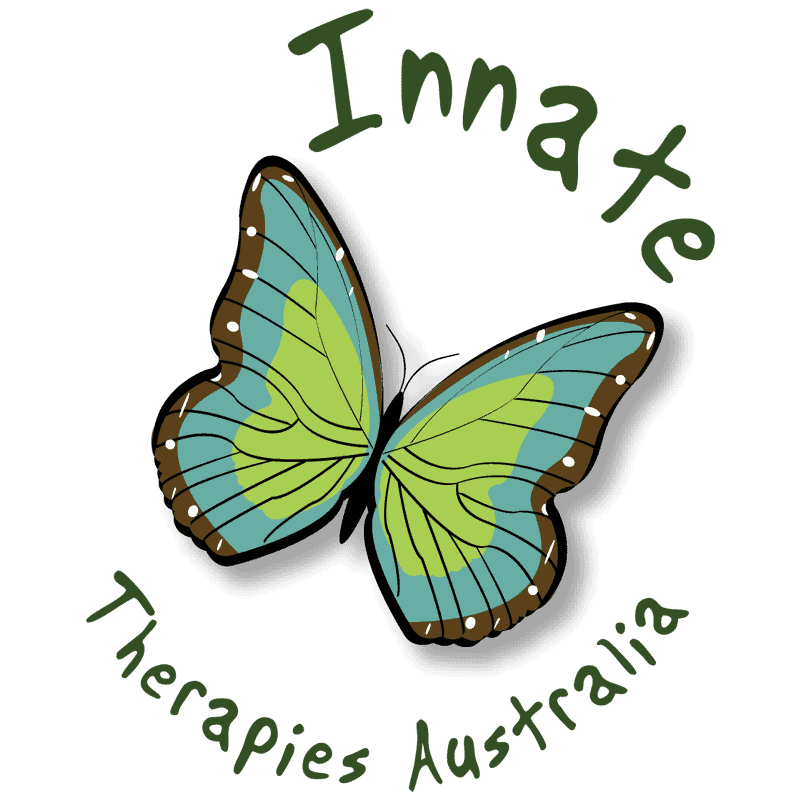Healing Through Imagination, Light, and Connection
What Darkness Represents
 In play therapy, darkness isn’t just the absence of light—it symbolizes hidden feelings, fears, and past experiences. Creating cozy, dimly lit spaces like sensory tents can help children feel safe enough to explore these emotions. These environments are especially comforting for children with sensory sensitivities or trauma backgrounds. The darkness becomes a gentle invitation to go inward and begin the healing process.
In play therapy, darkness isn’t just the absence of light—it symbolizes hidden feelings, fears, and past experiences. Creating cozy, dimly lit spaces like sensory tents can help children feel safe enough to explore these emotions. These environments are especially comforting for children with sensory sensitivities or trauma backgrounds. The darkness becomes a gentle invitation to go inward and begin the healing process.
In these moments, the therapist’s presence is key. By offering calm, attuned companionship, the therapist helps the child feel safe and accepted. This connection fosters trust, which is essential for children to begin expressing and processing difficult emotions.
The Power of Torchlight
 Torchlight brings warmth, visibility, and choice. When children hold a torch, they decide what to illuminate—whether it’s a toy, a drawing, or a part of their play scene. This act of choosing what to reveal gives them a sense of control and empowerment.
Torchlight brings warmth, visibility, and choice. When children hold a torch, they decide what to illuminate—whether it’s a toy, a drawing, or a part of their play scene. This act of choosing what to reveal gives them a sense of control and empowerment.
The therapist supports this process by following the child’s lead, offering gentle prompts, and celebrating their discoveries. This shared experience strengthens the therapeutic bond and encourages emotional regulation. The connection between therapist and child helps the child feel understood, which can reduce anxiety and increase confidence.
Light and Shadow as Symbols

The journey from darkness to light mirrors the healing process. Children often hide parts of themselves out of fear or past hurt. Through play therapy, these hidden parts are gently brought into the light, helping children feel seen and supported.
The therapist acts as a co-explorer, helping the child make sense of their inner world. Through stories, metaphors, and symbolic play, the therapist and child build a shared language of healing. This connection promotes self-awareness, emotional resilience, and a sense of safety that allows deeper healing to occur.
Sensory Play with Light
 Light-based activities like shadow puppets, light tables, and torchlight games engage multiple senses. These playful experiences help children express themselves, improve focus, and develop fine motor skills. More importantly, they offer a safe and creative way to process emotions.
Light-based activities like shadow puppets, light tables, and torchlight games engage multiple senses. These playful experiences help children express themselves, improve focus, and develop fine motor skills. More importantly, they offer a safe and creative way to process emotions.
When the therapist joins in these activities, it reinforces the message: “You are not alone.” The shared joy and curiosity deepen the relationship and create moments of attunement that are essential for healing. This connection helps children regulate their nervous systems, build trust in others, and develop coping strategies they can carry into everyday life.
Benefits of the Therapeutic Connection
The relationship between therapist and child is the heart of play therapy. Some key benefits include:
– Emotional Safety: Children feel secure enough to express difficult emotions.
– Trust Building: A consistent, caring presence helps children learn to trust others.
– Co-Regulation: Therapists model and support emotional regulation through shared play.
– Empowerment: Children gain confidence as they are seen, heard, and validated.
– Resilience: The connection fosters inner strength and the ability to cope with challenges.
A Lesson for Everyone
The ideas behind play therapy aren’t just for children, they can help anyone. Whether you’re supporting a child through a tough moment or navigating your own challenges, remembering the balance between light and shadow can be grounding. Sometimes, the most important insights come when we sit in the dark—and then choose to shine a light.
And sometimes, healing begins simply by being with someone who holds the torch with you.
If you’re curious about how play therapy might help you or someone you care about, consider reaching out to one of our therapists at Innate Therapies. Step into the play space, pick up the torch, and see what comes to light.
References for Further Reading
Babwell. 9 Sensory Tent Benefits from Therapy to Classroom. https://babwell.com/sensory-tent-benefits/
Cockle, S. M., & Allan, J. A. B. Nigredo and Albedo: From darkness to light in the play therapy of a sexually abused girl. International Journal of Play Therapy.
Pernicano, P. Using Therapy Stories and Metaphor in Child and Family Treatment. http://lianalowenstein.com/ArticleProfTherapyStories.pdf
SLCN. Illuminating Imagination: Torch Light Play for Children with Disabilities, Autism, and Additional Needs. https://slcn.com.au/illuminating-imagination-torch-light-play-for-children-with-disabilities-autism-and-additional-needs/
Reality Pathing. Benefits of Using Light Play Areas to Stimulate Child Creativity. https://realitypathing.com/benefits-of-using-light-play-areas-to-stimulate-child-creativity/
